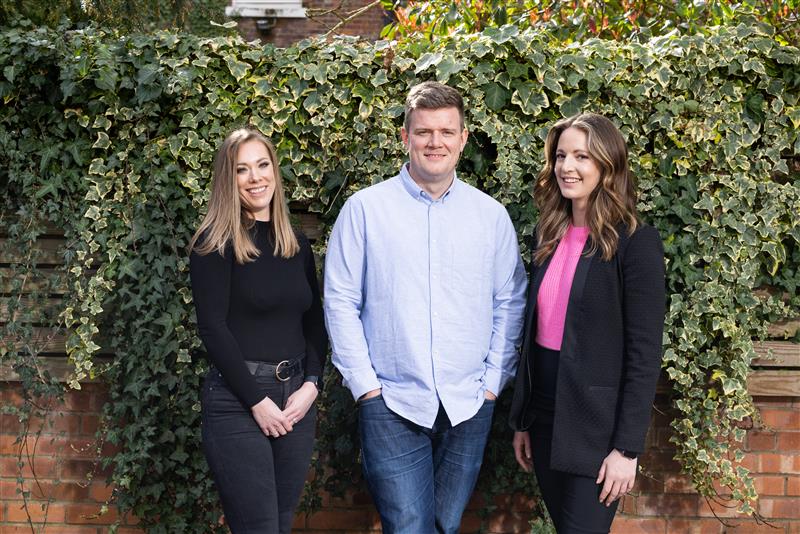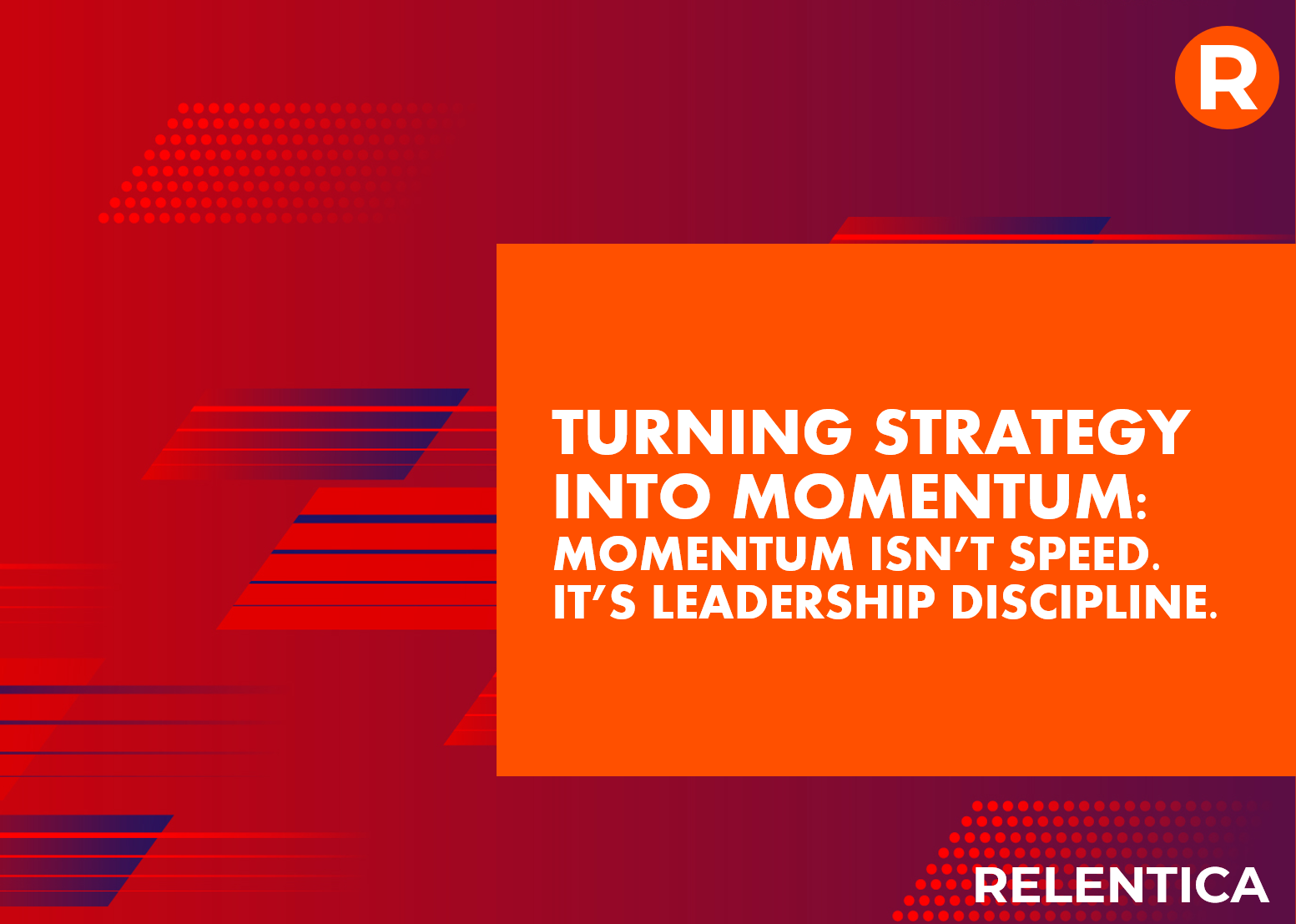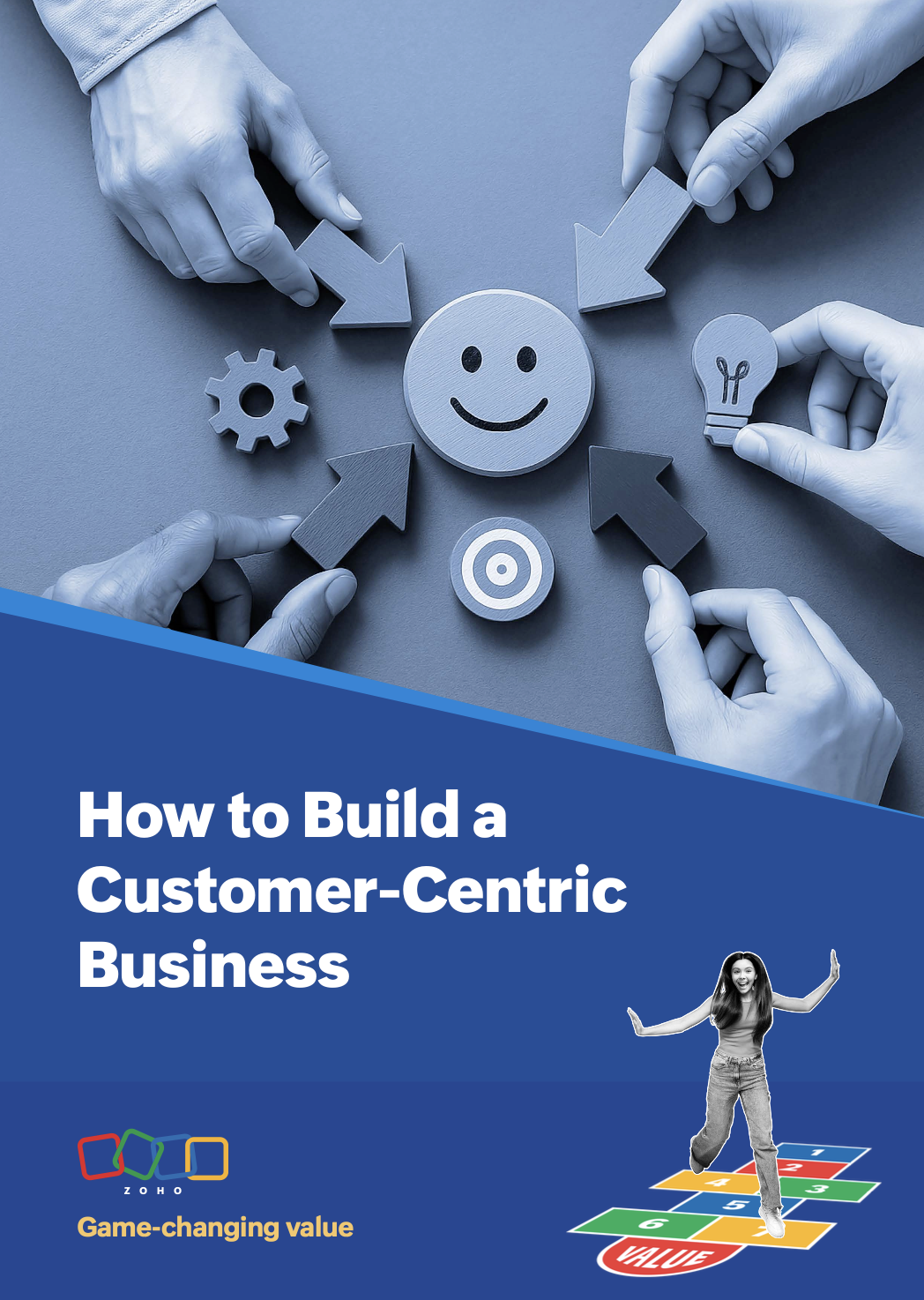
Personalising your website improves the user’s overall experience with your website and brand too, as you look to make their journey more tailored and specific to their individual needs.
In this blog, we take a look at defining what personalisation actually is, how you can use it within an effective CRO strategy, and how you can make use of internally-held, commercial data to ensure it delivers results.
What Is Personalisation?
When it comes to the user’s experience with your site, customers now expect a degree of tailoring or customisation to their specific requirements.
We don’t want to have to trawl through pages of products to find that one specific one we’re looking for, nor do we want to have to input reams of personal information which we’ve already submitted before - we expect brands to remember our previous experiences with them, and then make subsequent interactions quicker and more relevant. In a nutshell, that’s what personalisation is.
Users are more likely to convert if the website makes strides towards delivering a more tailored, personalised experience.
By showing them the most relevant content first, or by removing products or content that we know they’re not interested in, we deliver a much smoother, simpler journey to the user - making it a positive experience for them - but also increasing the likelihood that they engage with the content they’re looking for, and in turn, go onto convert or purchase.
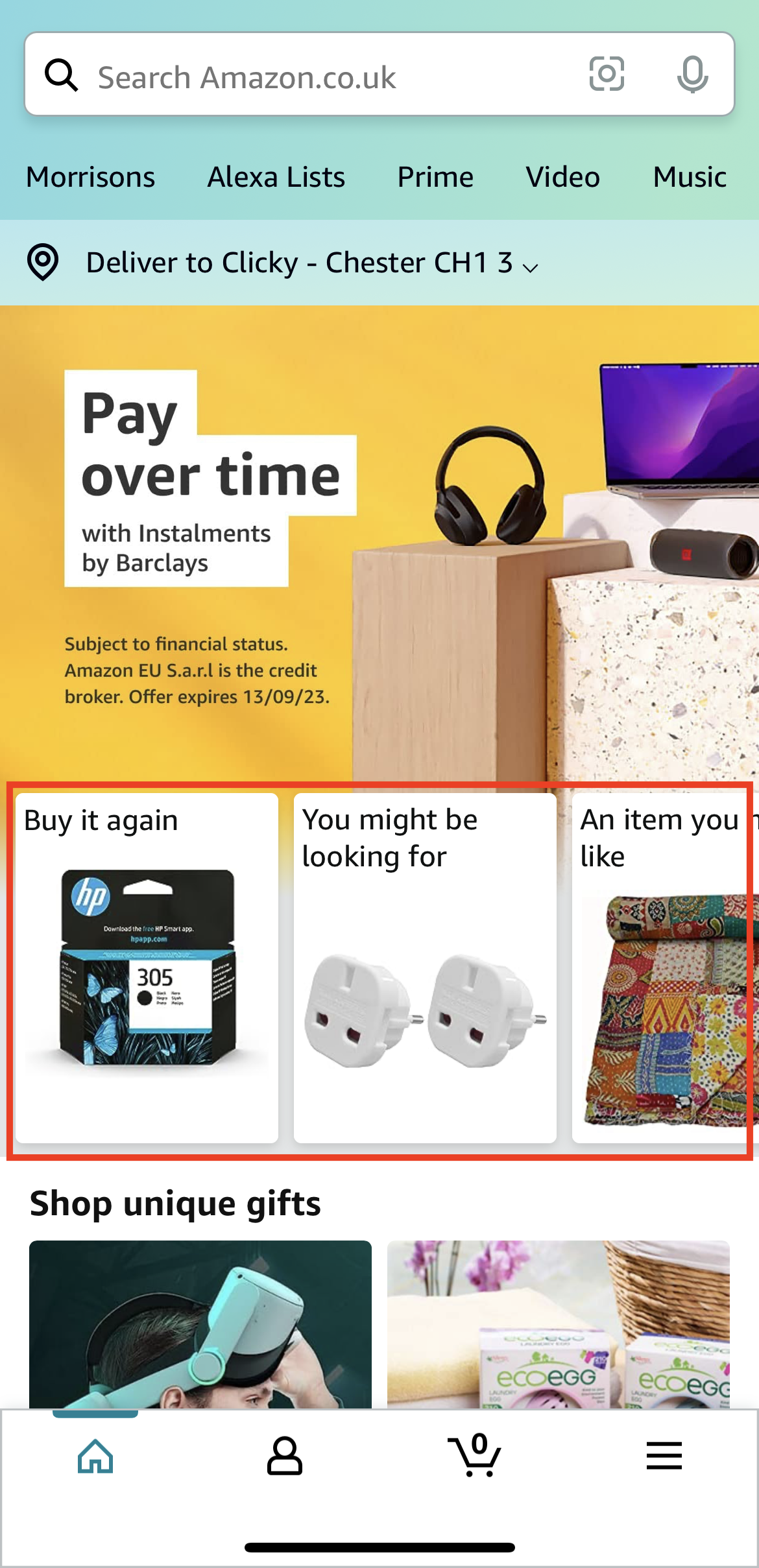
How Can It Be Used?
Most websites now anonymously collect considerable amounts of data about how users are engaging with various pages or pieces of content. Traditionally this is used by web analysts to understand popular pages, and investigate under-performing pages, but very rarely is it used to tailor the experience for individual users.
As you are already collecting this data, it’s not a huge task to take this data and use it to tailor the user experience for returning visitors.
For eCommerce websites, understanding which products a user has bought previously and showing them related items is a simple way to personalise their experience. If a user has bought active or sportswear from a clothes store for example, then showing the user similar items from that category is a good way to start their next visit off on a good note, by showing them relevant, related products that we know that they have an interest in.
Alternatively, one simple but effective strategy to improve the user experience can be to prioritise educational or informational content to a user who we know has just purchased a product. For example, on a car insurance website, if we know that users are likely to revisit 1-2 weeks after purchasing a policy to double-check their documents, then we can prioritise content towards the top of the page about their policy documents, or how to check the level of cover they took out. This ensures that we’re not wasting the user’s time with messaging about purchasing a new policy or advertising to them - we know they already have a policy in place - and instead we can improve their experience by taking them to the documents and informational content they’re likely to be looking for upon a return visit.
If you now think about your business and your website - ask yourself how could it be better personalised for returning visitors? Could information be displayed differently, or prioritised to be more relevant? Could you make use of any information the user has submitted to streamline the subsequent visit? For almost all brands, the answer will be “yes,” and there will be an opportunity to experiment with personalisation.
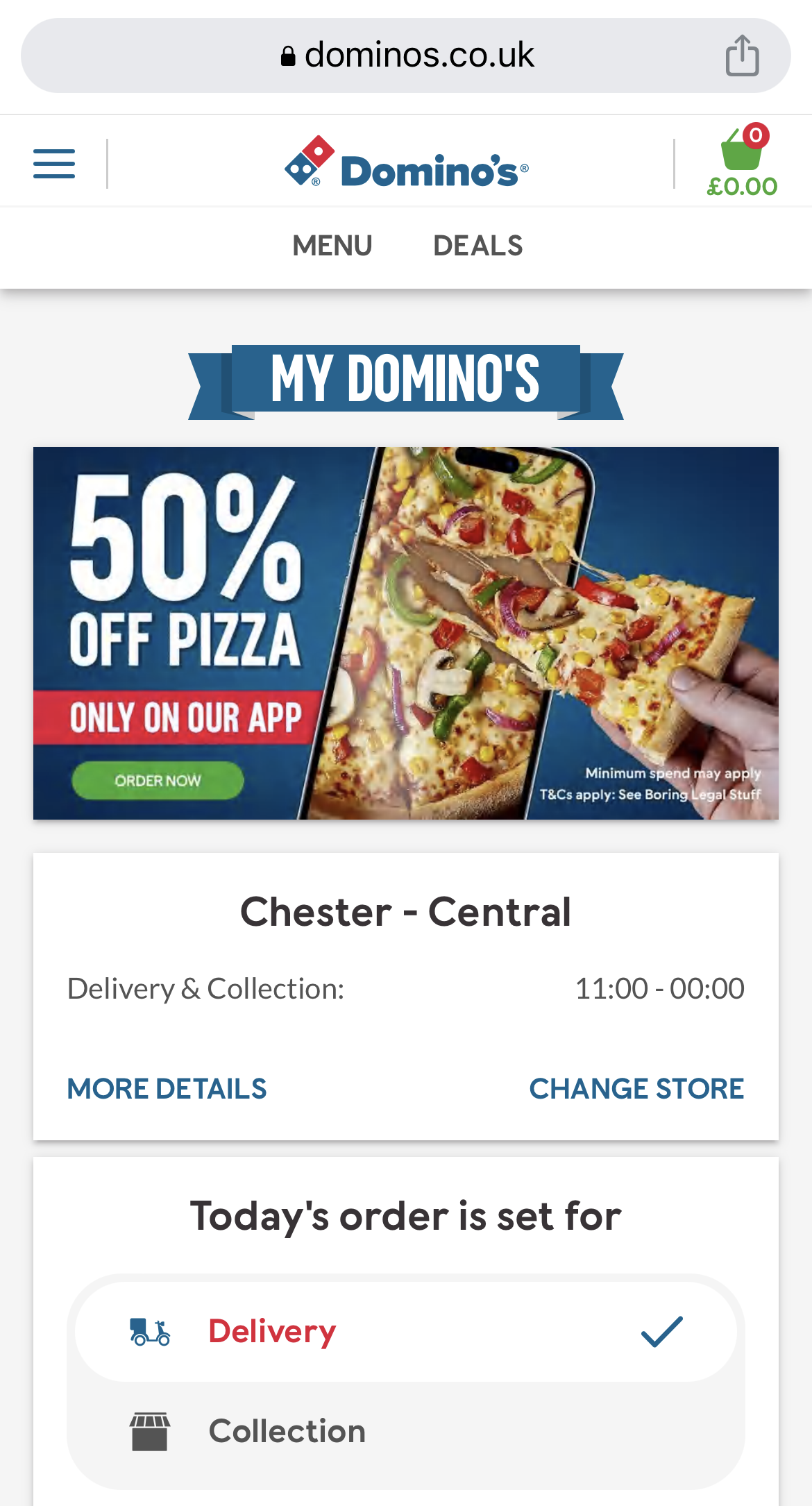
How Can We Use Data To Shape Our Personalisation Efforts?
Personalisation begins with data. It’s all about understanding your customers or visitors, and developing a solid understanding of what they’re looking for - and just as importantly, what they’re not looking for - when they come back to your site.
The more we know about an individual user and their likely behaviour, the more we can do to tailor their experience.
A good place to begin then is to ensure you have accurate, anonymised data collection on your site’s user behaviour. Whether this is through Google Analytics 4 or another tool entirely, it’s important to make sure you understand how user’s are behaving on your site - and that you’re able to segment this by first-time visitors, returning visitors, previous purchasers, etc.
We’d recommend that you start small too - personalisation doesn’t have to mean creating an entirely new website for returning users. It can simply be about tailoring what you already have to be more specific to their needs, based upon your learnings.
For example, we recently implemented a personalisation experiment for users who have already signed up to a product for a SaaS client. Instead of showing them the traditional homepage hero which promoted the client’s services, we instead used this space to promote links to the “Resource Hub” where users can view downloads and guides about how to get started with the tool.
Personalisation can be more complex and nuanced too. For example, a personalisation experiment for a wedding venue client for returning visitors. The experiment can utilise the client’s Google Ads data and campaign setup to understand where the user is visiting the website from. You can then tailor messaging around the site to reassure the user that “[Wedding Venue Name] - Only 20 Minutes From [City].” This reassures the visitor that the wedding venue might be right for them, as it’s within an acceptable radius.
These are just two examples of tailoring website content to address the specific needs and requirements of the user, based upon what we can learn from user data that is already collected. Rather than have visitors return to the same homepage that we show to all users, instead we can personalise it and show them the content that our data shows they’ll be looking for, or the questions we know they’re asking at this stage in the user journey.
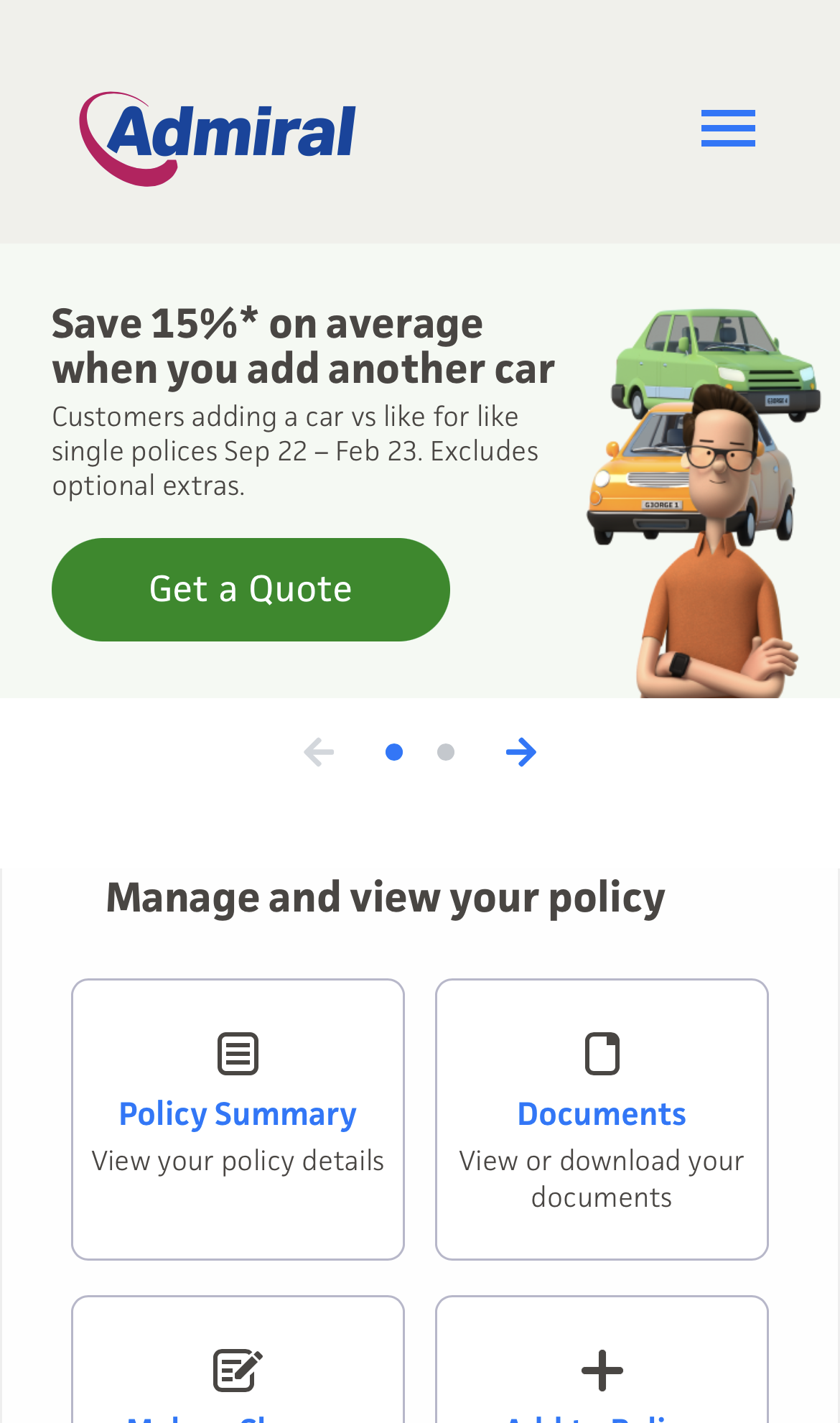
Conclusion.
Personalisation is an incredibly powerful tool within the arsenal of a CRO strategist - it allows us to make use of website data to deliver actual change and improvement for our visitors. It provides us with an opportunity to further implement a customer-centric approach, which we know delivers a better user experience for our customers, and in turn, increases conversion rates.
Want to chat to one of our specialists about personalisation, or your CRO strategy? Get in touch today.

